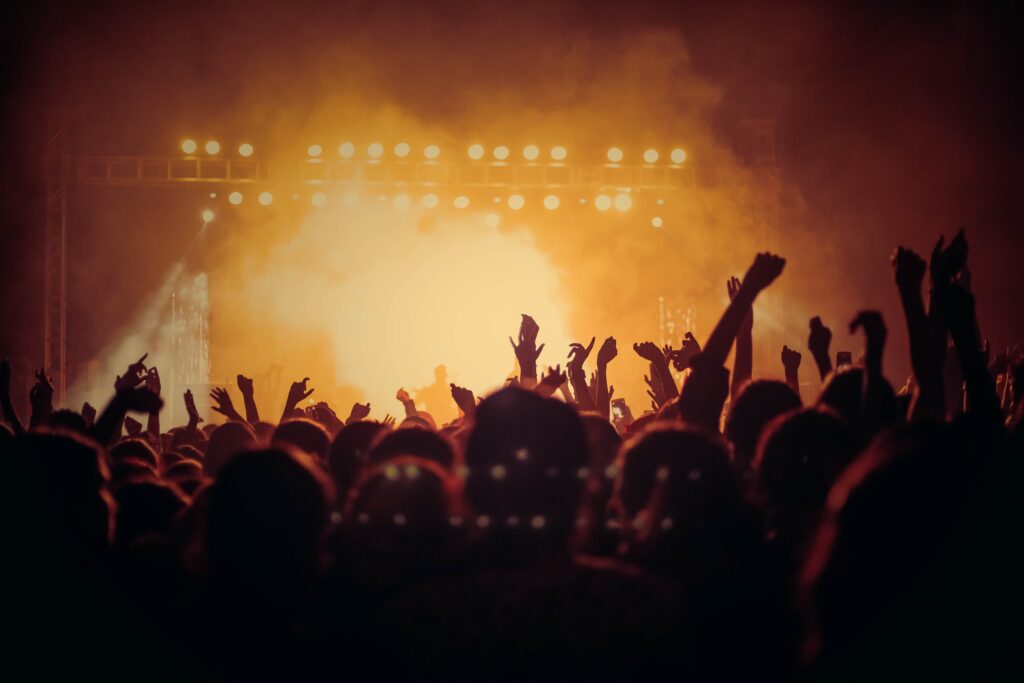
If you’re a guitarist, you know that your gear can have a big impact on your sound. From the instrument itself to the amplifier and effects pedals, every piece of equipment plays a role in shaping your tone. In recent years, there has been a major shift in the technology used in guitar amps and effects, moving from traditional tube amps to digital modeling. In this article, we’ll take a look at the evolution of electric guitar technology and how it has changed over time.
The Early Years
In the early days of electric guitar, amplifiers were simply modified versions of radio amplifiers. These amps were not designed with guitar in mind, so they didn’t produce the best sound for the instrument. However, guitarists made do with what they had, and these early amps helped to shape the sound of rock and roll.
The Rise of Tube Amps
In the 1950s and 60s, tube amps became the standard for guitar amplification. These amps used vacuum tubes to amplify the signal from the guitar, resulting in a warm and rich tone that is still sought after by many guitarists today. Tube amps also provided a natural overdrive when turned up to high volumes, which became a signature sound of classic rock.
The Solid State Revolution
In the 1970s, solid-state amps began to gain popularity. These amps used transistors and other electronic components to amplify the signal, rather than vacuum tubes. While solid-state amps were more reliable and cost-effective than tube amps, they didn’t have the same warmth and character. They were also less responsive to the player’s touch, resulting in a less dynamic sound.
The Digital Age
In the 1990s, digital modeling technology began to emerge. This technology allowed for the creation of virtual amplifiers and effects that could be controlled with software. Initially, these digital amps and effects didn’t sound as good as their analog counterparts, but as the technology improved, so did the sound quality.
Modeling Amps and Effects
Today, modeling amps and effects have become incredibly popular among guitarists. These digital devices can accurately emulate the sound of classic tube amps and effects pedals, while also providing a wide range of modern sounds. Modeling amps can also offer features like built-in effects and the ability to save presets, making them a versatile and convenient option for gigging musicians.
The Future of Guitar Technology
As technology continues to evolve, it’s likely that we’ll see even more advancements in guitar gear. Already, we’re seeing companies experiment with new materials for guitar construction, as well as new approaches to pickups and electronics. It’s possible that we’ll see even more integration between digital modeling and traditional analog components, resulting in even more versatile and responsive gear for guitarists.

